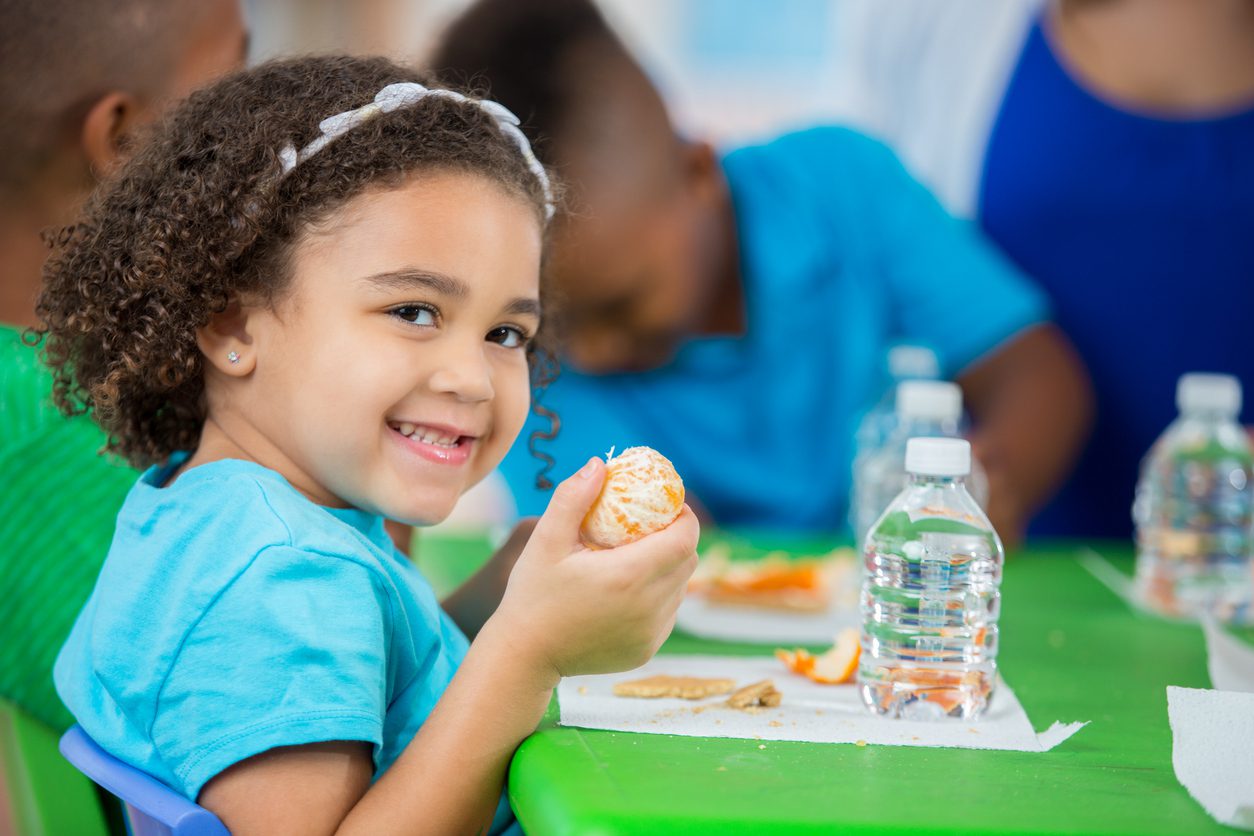1. Eat a healthy snack. When it comes to providing long lasting energy throughout the day, there’s nothing better to give kids than real food packed with nutrients, vitamins, and minerals! What is “real” food? A good rule of thumb is to read the ingredients – if there’s anything you don’t recognize or words that sound like something out of chemistry class, go for something else! Fruits and vegetables are the obvious winner here, but healthy proteins like nuts and yogurts as well as whole grains are all fantastic brain foods. As good as instant ramen might taste, we recommend reaching for something healthier instead! For more info on healthy foods, check out Tutor Doctor’s recommendations here.
2. Spend time outdoors. Exercise is always beneficial to our physical health, but studies also show that going outside provides massive mental health benefits. With many of us having now experienced several months of “indoor time” due to the pandemic, the value of spending time outdoors is more apparent than ever. If your student needs a quick break (and the weather permits), try recommending they go outside for a while!
3. Take a power nap. Although we often associate “nap time” with younger children, naps are actually good for people of all ages! In fact, they’re really, really good. Scientific studies of adolescents have shown midday napping improves nighttime sleep duration, sleep quality, and cognitive performance throughout the day. The key here is to not overdo it – if a power nap turns into a full-on slumber, your student risks throwing off their sleep schedule at night. Napping too often can also be a sign of poor sleep quality. According to the study, the “sweet spot” for power naps was between 30 and 60 minutes, and to avoid napping after 4pm. So if your student needs a quick snooze to recharge, that’s totally fine! Just make sure they set an alarm.
And just for fun, here’s a list of things to avoid!
Screens. Most students are spending a fair amount of time in front of screens due to virtual learning changes introduced during the pandemic. And even if your student is back in the classroom, parents all know how much time kids spend on electronic devices! If your student is taking a short break from their assignments, it’s best to encourage them to rest their eyes and “unplug” for a while.
Sugar. Contrary to popular belief, sugar won’t cause any sort of “crash” hours later (a fact we discussed on our in-depth blog about sugar awareness.) However – sugary snacks certainly won’t provide lasting energy throughout the day, and studies have shown that too much sugar can have a harmful effect on children’s learning.
Caffeine. Unlike sugar, caffeine will cause a “crash” once the effect wears off – this is all too apparent for so many of us adults who rely on our daily “cup of Joe” in order to function before noon! For younger students, we recommend staying away from caffeinated beverages – and for older students, it’s best to avoid caffeine at night time to avoid disrupting their sleep schedule. Keep in mind that soda (like everyone’s favorite cola) also has caffeine – as well as copious amounts of sugar!


![Healthy Lunch Tips for Your Children [Infographic]](https://www.tutordoctor.com/wp-content/uploads/2023/09/HealthyLunchIdeas.jpg)
